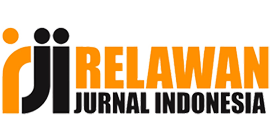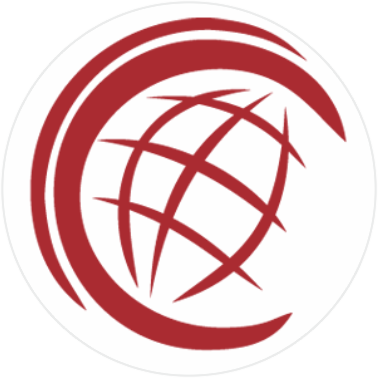The Development Of The Crime Of Money Laundering In The Industrial Revolution 4.0
Abstract
Keywords
Full Text:
PDFReferences
Andreja, Rojko. "Industry 4.0 Concept: Background and Overview". International Journal of Interactive Mobile Technologies 11, no. 2 (2017): 77-90.
Arief, Barda Nawawi. Mayantara Crime, Development of Cyber Crime Studies in Indonesia. Jakarta: PT.Rajagrafindo Persada, 2006.
Authority, Iskandar. “Cyber Money laundering (a form of 21st century White Collar Crime)”, Yudisia 8, no. 2 (2017).
Center for Financial Transaction Reports and Analysis (PPATK), General Guidelines for the Prevention and Eradication of the Crime of Money Laundering for Financial Service Providers. Jakarta, 2003.
Chaikin. "Money Laundering". Spring Journal. Criminal Law Review 2, no.3 (1991): 417.
Chambers, Clare-Jones. Virtual Economies and Financial Crimes. United Kingdom : Edward Elgar Publishing Limite, 2012.
Craigen, Dan, Diakun-Thibault, Nadia, and Purse, Randy. "Defining Cybersecurity". Technology Innovation Management Review 4, no.10 (2014).
Hamzah, Andy. Corruption in Management of Development Projects Edition 1. Jakarta: Akademik Pressindo, 1985.
M. H, Maras. Cybercriminology. Oxford, United Kingdom: Oxford University Press, 2016.
Nardo, Massimo, “Economic crime and illegal markets integration: a platform for analysis”, Journal of Financial Crime 18, no. 1 (2011).
Nasution, Bismar, Anti-Money Laundering Regime in Indonesia. Bandung: Books Terrace & Library, 2008.
Nurhayati, Yati et.c, “The Issue of Copyright Infringement in 4.0 Industrial Revolution: Indonesian Case”, Journal of Media Hukum 26, no. 2 (2019).
Rajagukguk, Erman Anti-Money Laundering Regime and Law on Money Laundering, Paper Presented at “Anti Money Laundering” Workshop, Faculty of Law, University of North Sumatra, Medan : 15 September 2005.
Sastraadmodjo, Rijanto. Secret Financial Sources and Their Intricacies. Jakarta: without publisher, 2004.
Siahaan, NHT. Money Laundering and Banking Crimes, Elaborating Law No. 15 of 2002 concerning the Crime of Money Laundering. Jakarta: Pustaka Sinar Harapan, 2002.
Steel, Billy, tt, Money Laundering - What is Money Laundering , Billy's, money lounderinginformation”, http://www.laundryman.u-net.com, accessed 3 November 2021.
Study, Adrian. Capital Market Knows Customers as Prevention of Money Laundering. Bandung : Alfabeta, 2013.
Sutedi, Adrian. Banking Law: An Overview of Money Laundering, Mergers, and Bankruptcy. Jakarta : Sinar Grafika, 2008.
Thames, Lane and Schaefer Dirk. Cybersecurity for Industry 4.0: Analysis for Design and Manufacturing. Switzerland: Springer International Publishing AG, 2017.
Welling, Sarah N, “Money laundering is a process by wich one conceals the existence, illegal source, or illegal application of income, and than disguises that income to make it appear legitimate”. Money laundering and The United States Criminal Federal Law, Journal of Business Law 22, no.3 (2003).
Wicaksono, Adhi, “PPATK Says 'Virtual Currency' Can Fund Terrorism. 22 January 2020, accessed 1 November 2021,http://www.cnnindonesia.com.
Wiyono, R. Discussion on the Law on the Prevention and Eradication of the Crime of Money Laundering. Jakarta: Sinar Graphic, 2014.
DOI: http://dx.doi.org/10.30652/ml.v5i1.7840
Refbacks
- There are currently no refbacks.
Copyright (c) 2021 Davit Rahmadan
Melayunesia Law has been indexed by:
|
















